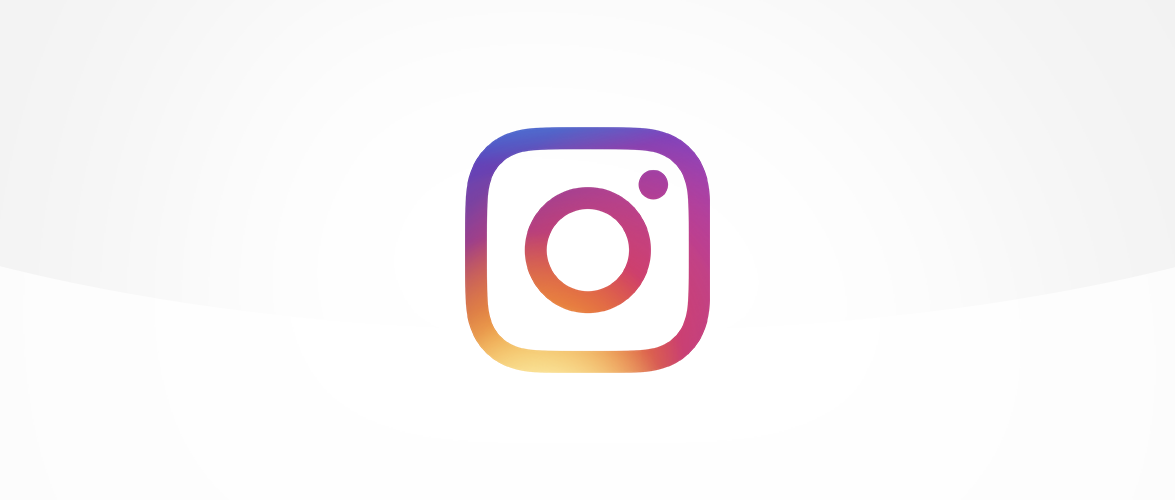Instagram is one of the most popular social media platforms. Here's everything parents need to know.
![]()
What is Instagram?
Instagram is a free photo- and video-sharing social media app, owned by Meta.
With over two billion active monthly users, it is one of the most popular social media apps.
Photo sharing was Instagram’s main focus and is still the biggest draw for many users.
What are the main features of Instagram?
Feeds
Users can post and share photos on their personal feeds and apply filters and other photo-enhancing tools to customise images.
They can tag friends, add your location and share the image to other social media platforms, for example, Facebook. There is also a direct messaging feature which allows users to share photos or posts with individual followers.
Stories
Stories allow users to take photos and videos, apply location geo-tags and post them to account profiles for 24 hours.
Although users can only access a story for a short time, someone can take a screenshot.
Live
Instagram Live is a feature within Instagram Stories that allows users to live stream video to followers in real time.
Reels
The Reels feature allows users to record videos up to 15 minutes in length, with the app's camera and add music. Reels can be shared publicly, or kept private.
Why is Instagram so popular?
Instagram has positioned itself as the perfect place for people to showcase their lives – and to peek into the lives of others. Celebrities and influencers use it to reach and grow their audiences. In recent years, it has also become a powerful tool for brands and advertisers to market to the public.
What do parents need to be aware of?
Age restrictions
Children must be 13 years old before they can create an account.
The only exception is if you set up an account representing your child.
The platform doesn’t require users to verify their age, just enter a birth date. It is, therefore, possible for children under 13 to create an account by giving false information. Instagram has introduced new AI learning to identify accounts that appear to be underage. A form on their site allows people to report an underage account.
Teen Accounts
In 2024, the platform launched Instagram Teen Accounts. Teenagers will be automatically placed into a teen account.
These accounts have built-in protections, such as restrictions about who can contact the teenager and the content they can see.
Additionally, there is a supervision feature which means under-16s will need a parent to change any restrictions.
Restrictions include:
Having a private account by default – so that only accepted followers can see content.
Messaging restrictions so that only people that they are connected to can get in contact.
Sensitive content controls – which limit content such as fighting or cosmetic surgery procedures.
Supervision features allows parents to schedule breaks for specific parts of the day (like just before bed, or during study time), and also lets them set a daily time limit.
To activate Instagram's Supervision feature, a parent will need their own Instagram account.
You can learn more about Teen Accounts via the platforms' Help Center.
Inappropriate content
Instagram has a set of community guidelines, which forbid the posting of nude images, as well as stating that Instagram “is not a place to support or praise terrorism, organised crime, or hate groups”, among other things.
A ‘hidden words’ feature filters out any direct messages deemed to contain abusive language. Parents can set what words they want to be hidden as well.
Blocking
You can block people on Instagram – meaning they won't be able to see your profile or search for your account.
You can also filter out comments. In the "Comment controls" section of the app settings, users can also remove comments entirely from their posts.
Reporting
You can report posts you see in your feed. Reporting is completely anonymous, so the person you report will not know that you have done so.
Parental advice
Screen time
How do you manage your child's screen time? There are platform and device-level tools that can help. But it is also a question of what your child is doing online and the quality of their screen use. Read more about screen time here.
Wellbeing
Digital self-awareness is essential for teens. Learning to manage tech's impact on their mood helps keep their wellbeing in balance. This article in the Meta Family Center explains more.
Managing relationships
It's likely that, at some point, your teen may experience difficulty with a friendship, whether that's one that exists purely online or is a blended, online-offline relationship.
Whether it's a simple falling-out or a complex, messy and emotional break-up, there are ways you can help. This article in the Meta Family Center explains more.
Listen to Parent Zone's podcast, Tech Shock.
Spot something that doesn't look quite right? You can email librarian@parentzone.org.uk to submit comments and feedback.
This article was last updated on 18/10/24.


 Previous Article
Previous Article 